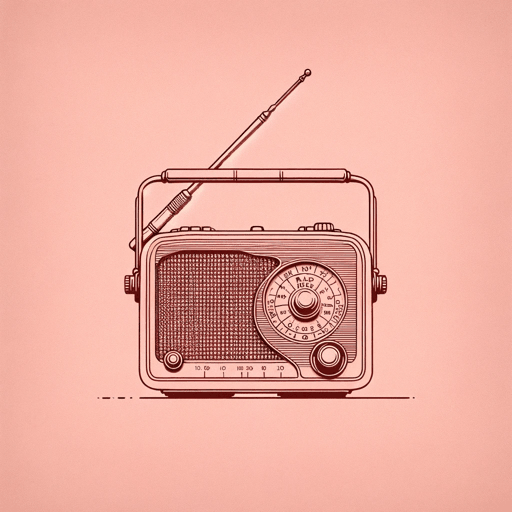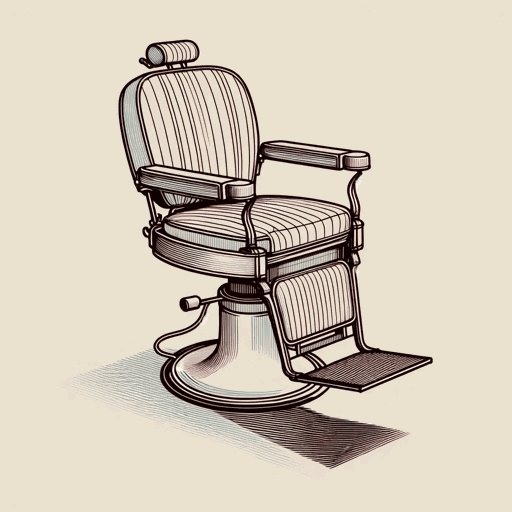51 pages • 1 hour read
Timothy B. TysonRadio Free Dixie: Robert F. Williams and the Roots of Black Power
Nonfiction | Biography | Adult | Published in 1999A modern alternative to SparkNotes and CliffsNotes, SuperSummary offers high-quality Study Guides with detailed chapter summaries and analysis of major themes, characters, and more.
Chapter 10-ConclusionChapter Summaries & Analyses
Chapter 10 Summary: “Freedom Rider”
As the debate around violence intensified, Williams became an increasingly well-known figure, especially among the younger generation, who largely “regard[ed] non-violence […] as a tactical position of uncertain promise” (262).
In July of 1961, a series of fires broke out in businesses in Monroe. Authorities suspected Williams of arson but couldn’t find proof; regardless, the fires stirred panic among Monroe’s white residents. The SNCC called for a group of Freedom Riders to travel to Monroe in support of Williams. A group of 17 riders arrived on August 17th and were welcomed into the Williams home. The stated mission of their trip was to reconcile opponents and supporters of the NAACP. Visiting activists joined with the local community to create the Monroe Nonviolent Action Committee, which launched a picketing campaign outside of government buildings across Monroe. Though all participants agreed to maintain a strict doctrine of nonviolence, this resolve was challenged by counterdemonstrators who yelled obscenities and brandish weapons.
The situation came to a head on a Sunday when a 1,000-strong mob ambushed the Monroe Nonviolent Action Committee in downtown Monroe. When the chaos cleared, Monroe police arrested injured protestors on charges of inciting a riot. The protestors, largely Black men, were denied medical care, and some were beaten further by other inmates.
Related Titles
By Timothy B. Tyson



